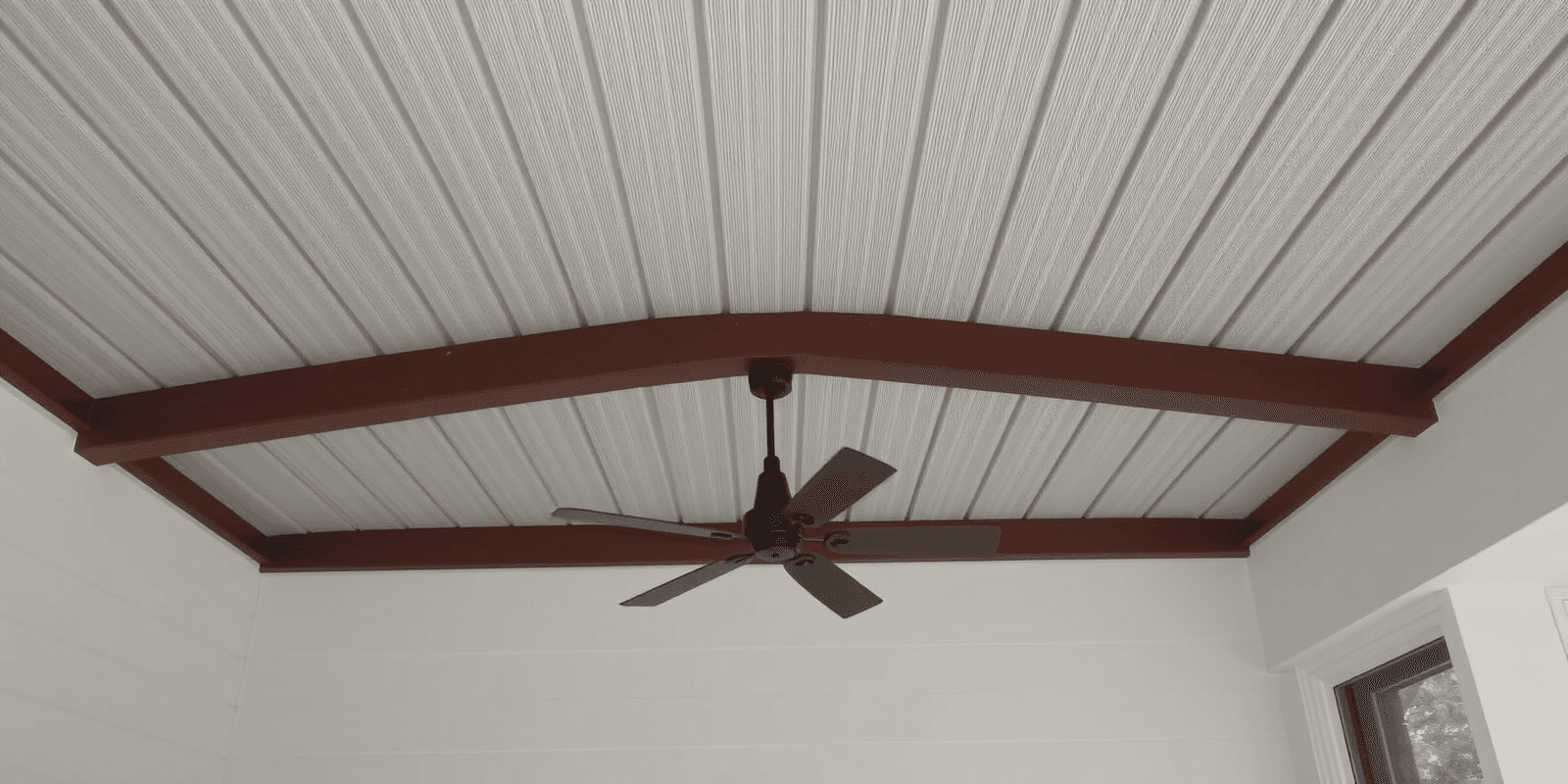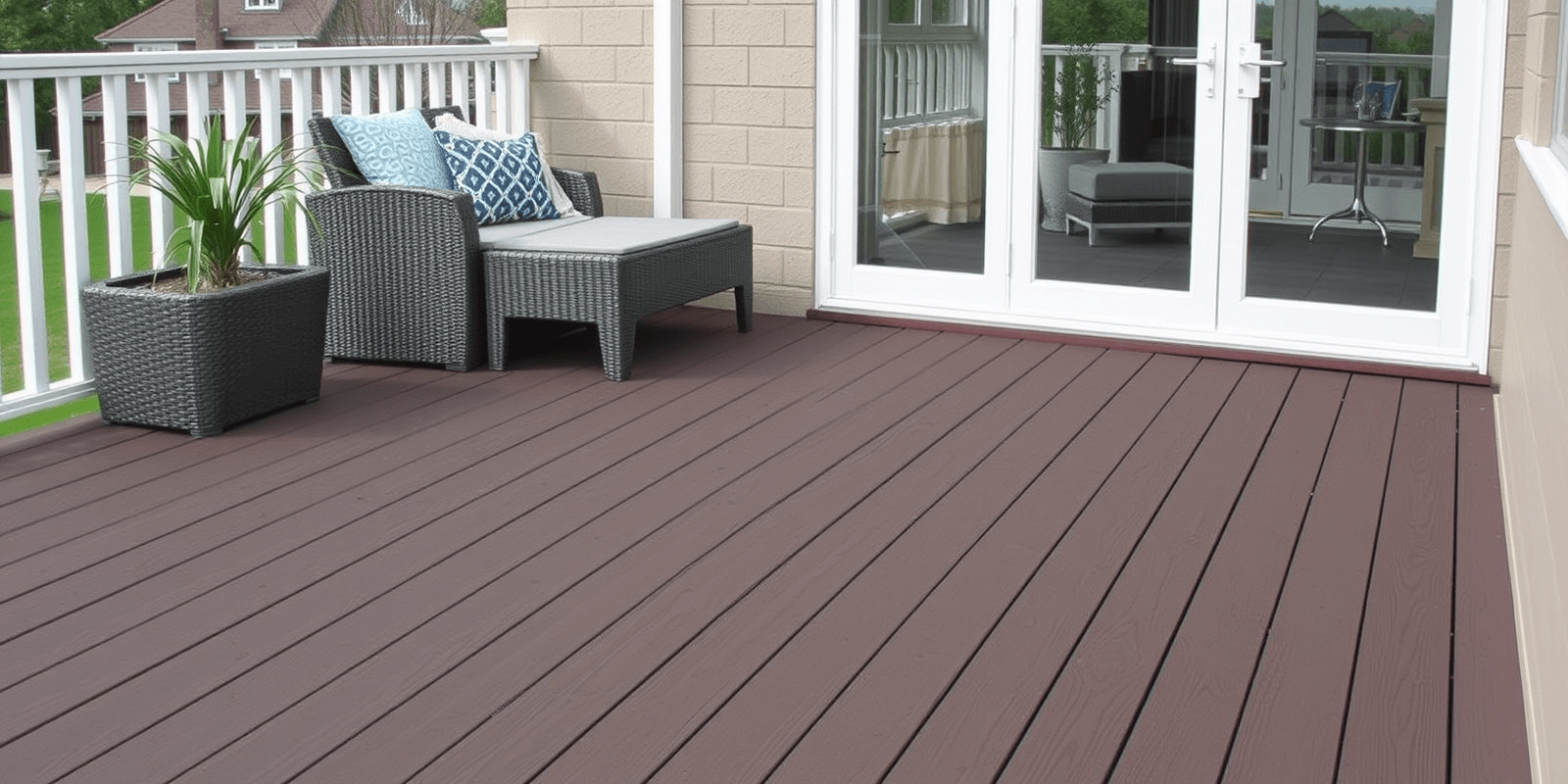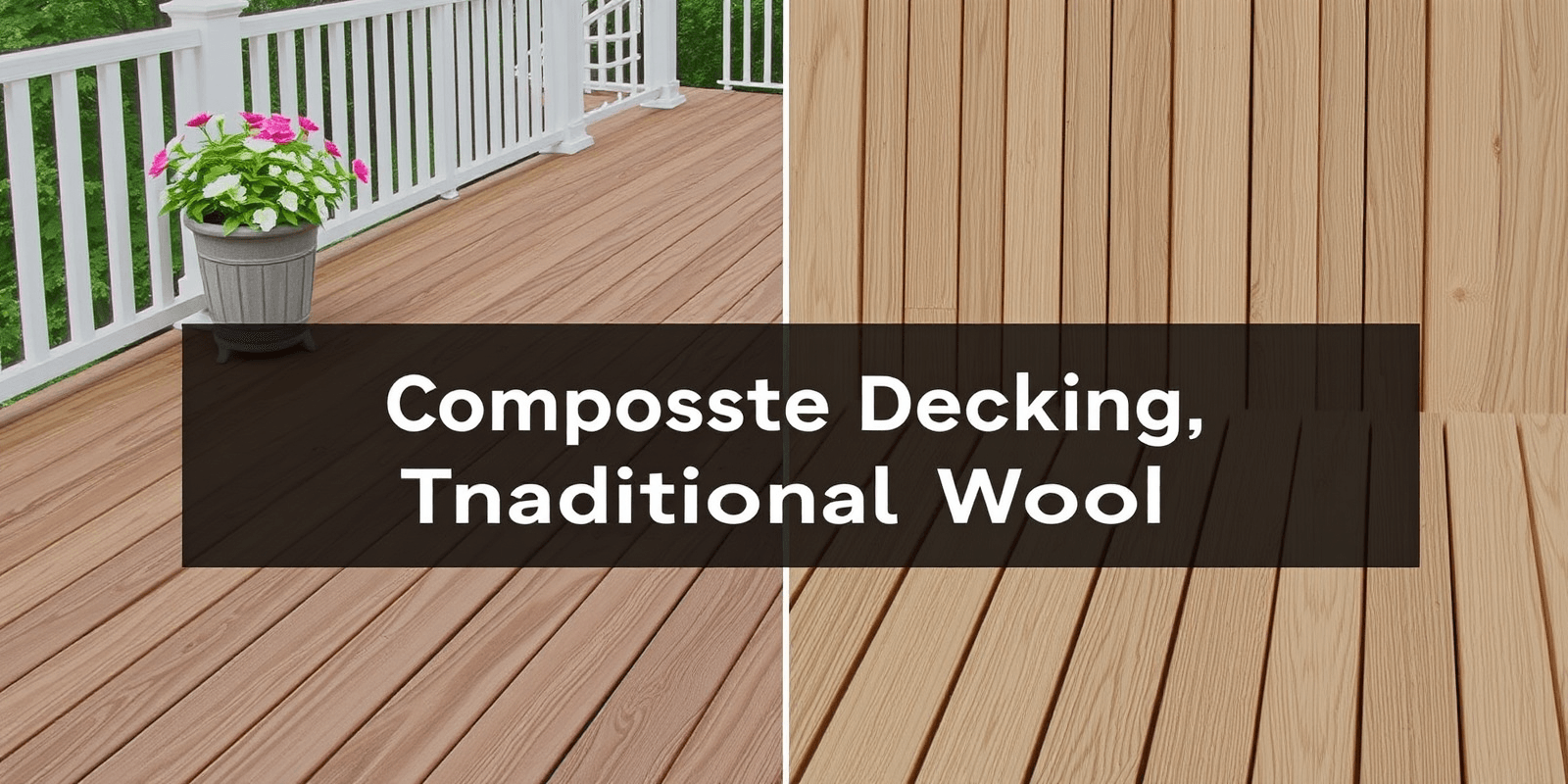Wood Plastic Composite Decking Ceiling: A Sustainable Choice
Decking ceilings are a popular addition to outdoor spaces, offering both aesthetic appeal and functional benefits. While traditional materials like wood and metal have long been used, there is a growing trend towards more sustainable options. One such option is Wood Plastic Composite (WPC) decking ceiling. This article explores the environmental benefits, cost-effectiveness, and durability of using WPC materials for decking ceilings, supported by real-world case studies.
Environmental Benefits of Wood Plastic Composite Decking Ceilings
One of the most compelling reasons to choose WPC decking ceilings is their positive impact on the environment. Traditional wooden decks require the harvesting of trees, which can lead to deforestation and loss of biodiversity. In contrast, WPC decking is made from a combination of recycled plastic and wood fibers, reducing the demand for virgin timber. Additionally, the production process of WPC involves less energy consumption compared to conventional wood processing methods, further lowering its carbon footprint. By opting for WPC decking, homeowners and commercial property owners can contribute to a more sustainable future.
Cost-Effectiveness of Wood Plastic Composite Decking Ceilings
While the initial cost of WPC decking may be higher than traditional materials, it offers long-term savings due to its durability and low maintenance requirements. Unlike wood, WPC does not rot, warp, or splinter, reducing the need for frequent replacements or repairs. Moreover, WPC decking is highly resistant to moisture, insects, and UV radiation, making it suitable for various climates without compromising its integrity. These factors translate into lower overall costs over time, as well as reduced downtime for maintenance activities. According to a study published in the Journal of Cleaner Production, WPC decking has a lower lifecycle cost compared to traditional wood decking.
Durability of Wood Plastic Composite Decking Ceilings
The durability of WPC decking ceilings is another key factor that makes them an attractive choice. Unlike natural wood, which can deteriorate over time due to exposure to the elements, WPC remains stable and retains its appearance even after years of use. This longevity is particularly beneficial in coastal areas where saltwater and high humidity levels can accelerate the degradation of traditional materials. For instance, a case study conducted by Deck Science demonstrated that WPC decking installed in a beachfront community showed minimal signs of wear after five years, whereas wooden decks required extensive maintenance and replacement.
Case Studies and Examples
To illustrate the practicality and effectiveness of WPC decking ceilings, let us consider a few notable installations:
- Residential Project: A homeowner in Florida opted for WPC decking for their poolside patio. After several years of exposure to intense sunlight and salty air, the deck remained in excellent condition, requiring only occasional cleaning with mild soap and water.
- Commercial Project: A hotel chain in California chose WPC decking for their rooftop terraces. The material’s resistance to weathering and staining allowed the hotel to maintain a pristine look throughout the year, enhancing guest satisfaction and reducing operational costs.
Conclusion
Wood Plastic Composite decking ceilings offer a sustainable, cost-effective, and durable solution for outdoor spaces. Their environmental benefits, combined with their low maintenance requirements and long lifespan, make them an ideal choice for both residential and commercial applications. As more people become aware of the advantages of WPC, it is likely that this innovative material will continue to gain popularity in the construction industry.
By choosing WPC decking, we can contribute to a greener planet while enjoying the beauty and functionality of our outdoor spaces.



